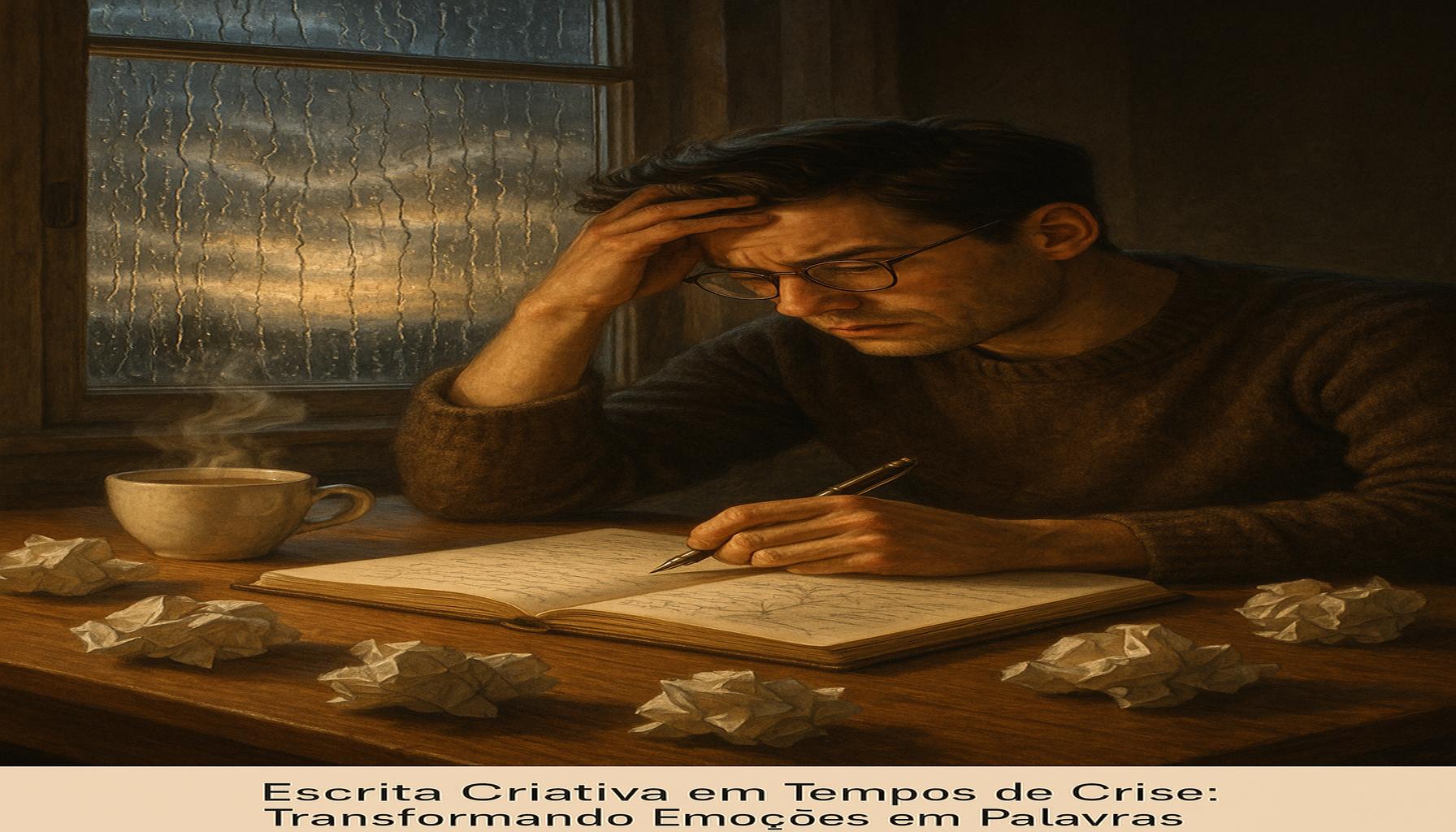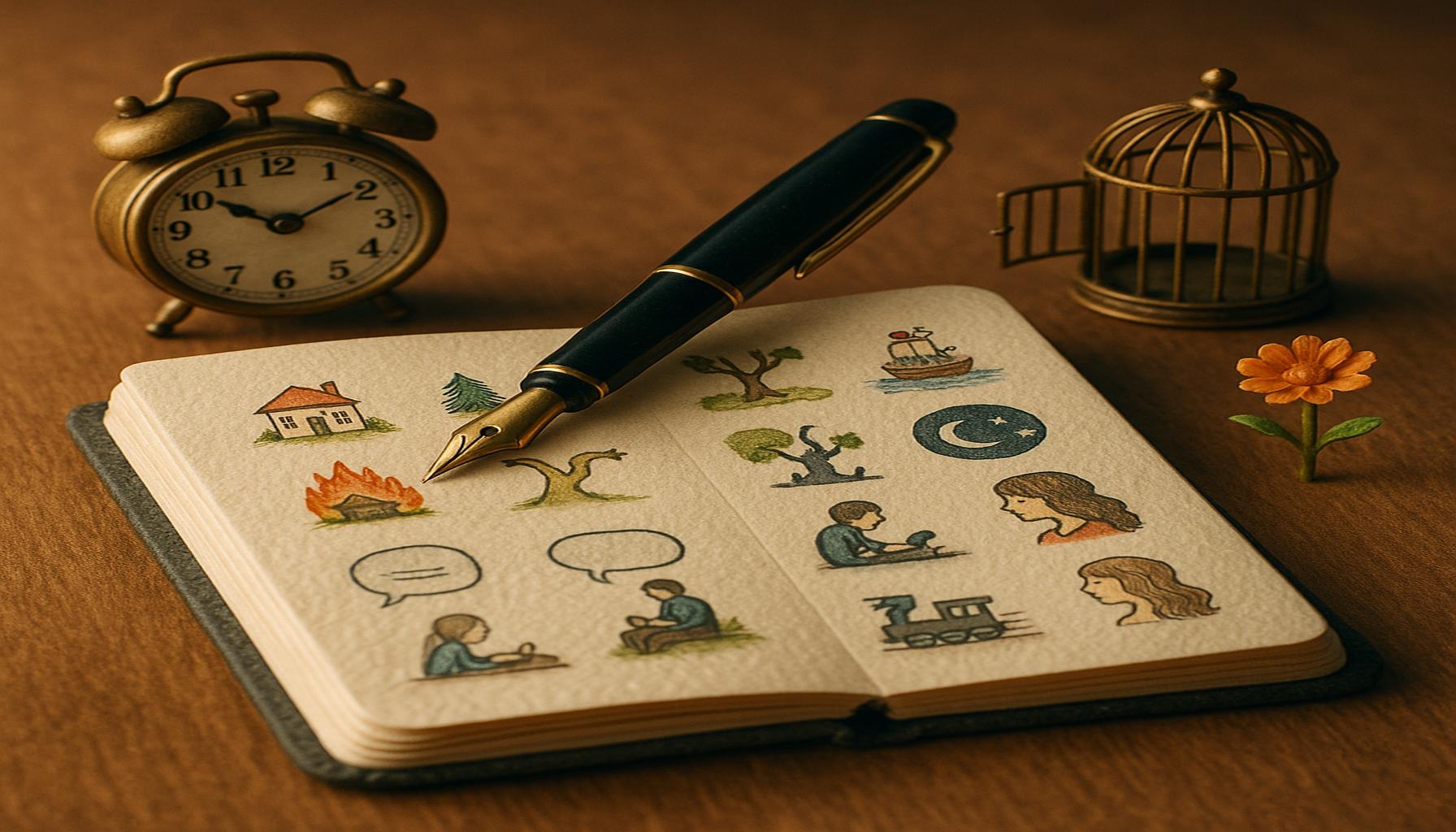Collaborative Writing: Uniting Creativity in Group Projects

Innovation Through Collaboration
In an increasingly interconnected world, collaborative writing has emerged as a powerful tool for enhancing creativity and fostering teamwork among professionals and students alike. The essence of collaborative writing lies in its ability to unite individuals from diverse backgrounds, leading to richer and more innovative outcomes. As more people engage in collaborative efforts, the dynamics of the writing process are rapidly changing, adapting to the needs of modern communication.
What Makes Collaborative Writing Effective?
- Diverse Perspectives: One of the strongest advantages of collaborative writing is the inclusion of varied viewpoints. When individuals with different experiences and expertise come together, they can cultivate unique ideas and solutions that would have been unattainable in isolation. For example, a marketing team composed of graphic designers, content writers, and data analysts can create a campaign that not only looks appealing but is also data-driven and strategically sound.
- Skill Sharing: Collaborative writing encourages team members to share their strengths and learn from each other. This skill-sharing dynamic leads to enhanced performance within the group. Consider a scenario where a seasoned editor partners with a novice writer. Through collaboration, the newbie gains valuable writing insights, while the editor discovers new creative angles. This mutual growth fosters a culture of learning and innovation.
- Resource Efficiency: In professional settings, time management and resource allocation are paramount. Collaborative efforts allow teams to distribute tasks based on individual strengths, ensuring a more efficient workflow. For instance, in a software development project, while one team member focuses on coding, another can simultaneously handle documentation and user interface design, leading to a more cohesive final product.
With the advent of technology, teams can collaborate seamlessly across great distances. Platforms like Google Docs, Microsoft Teams, and Slack facilitate real-time editing and feedback, making the process smoother and more interactive. This aspect is especially crucial in a country as large as the United States, where team members frequently work remotely or are located in different states. By breaking down geographical barriers, these tools help teams maintain effective communication and cohesion.
Examples of Successful Collaborative Writing
- Wiki Projects: Essentials like Wikipedia are prime examples of successful collaborative writing. These community-driven platforms show how individuals can come together to create comprehensive, reliable resources that span across diverse topics, highlighting the importance of collective intelligence.
- Academic Research: In academia, collaborative writing is often a necessity. Joint publications frequently require input from multiple experts in various fields, resulting in richer, more credible research outcomes. This approach not only enhances the quality of the work but also fosters interdisciplinary connections.
- Creative Writing Groups: Many authors thrive in collaborative environments. In creative writing groups, writers can collaboratively craft stories, merging their unique styles into a cohesive narrative. Such partnerships challenge authors to step outside their comfort zones, pushing the boundaries of their creativity.
The landscape of writing is transforming, and as the importance of collaboration continues to grow, individuals and organizations alike are reaping the benefits. This innovative approach not only unites ideas but also establishes an enriching atmosphere that inspires participants to think outside the box and explore new possibilities.
DISCOVER MORE: Click here to learn about the healing power of art
The Mechanics of Collaborative Writing
Understanding the mechanics of collaborative writing is essential for harnessing its full potential. At its core, this practice relies on effective communication, mutual respect, and clear roles within the team. When these elements align, the collaborative writing process becomes not just a task but an enriching experience that enhances creativity and productivity.
Key Components of Successful Collaborative Writing
- Defined Roles and Responsibilities: Establishing clear roles within a team helps streamline collaboration. Each member should understand their responsibilities, whether they are brainstorming ideas, writing drafts, conducting research, or providing feedback. This clarity fosters accountability and ensures that all aspects of the writing process are covered consistently.
- Open Communication: Maintaining open lines of communication is crucial in collaborative writing. Regular check-ins and updates keep team members aligned and help address any misunderstandings promptly. Utilizing communication tools can facilitate discussions, allowing individuals to share ideas and feedback in real time, eliminating confusion and fostering a sense of solidarity.
- Structured Feedback Processes: Feedback is vital in a collaborative environment, as it helps refine ideas and improve writing quality. Establishing a structured feedback system encourages constructive criticism that supports growth and enhances the overall output. For instance, implementing draft reviews or peer edits can lead to remarkable improvements in content clarity and cohesion.
- Flexible Mindset: A successful collaborative writing process requires team members to embrace a flexible mindset. Creativity often stems from the unexpected, so being open to new ideas and perspectives can lead to innovative solutions and approaches that enhance the project. This flexibility allows teams to pivot when necessary, adapting their strategies to better fit the evolving nature of the work.
To fully leverage the benefits of collaborative writing, teams must cultivate an atmosphere that values each member’s contributions. This sense of belonging motivates individuals to share their thoughts freely, instilling a culture of inclusivity and creativity. According to a study conducted by the American Psychological Association, collaborative environments improve team performance and increase individual satisfaction. As a result, fostering such an environment becomes a pivotal component of successful projects.
Technology’s Role in Collaborative Writing
In the digital age, technology serves as a critical enabler of collaborative writing. Tools such as Google Docs, Microsoft Teams, and Trello offer functionalities that support real-time collaboration, enabling teams to work simultaneously on documents regardless of their physical locations. This technological advancement is particularly beneficial in the United States, where remote work is becoming increasingly common. It allows teams to tackle projects with heightened efficiency while accommodating different schedules and locations.
Moreover, the integration of digital tools promotes a more interactive experience. Users can comment and suggest edits, fostering an ongoing dialogue that enhances the final product’s quality. By eliminating barriers to communication, technology not only simplifies the collaborative writing process but also strengthens team dynamics, leading to creative synergy that can yield extraordinary results.
| Advantage | Details |
|---|---|
| Enhanced Idea Generation | Collaborative writing fosters a rich exchange of ideas, allowing participants to build on each other’s suggestions and insights. |
| Diverse Perspectives | Engaging multiple voices leads to a more comprehensive view on topics, enhancing the final output through varied opinions and backgrounds. |
The advantages highlighted above exemplify how collaborative writing not only strengthens the project output but also cultivates a stimulating environment for creativity. As team members share their thoughts and critiques, the fluid interaction ignites innovation and problem-solving approaches that often elude solitary efforts. Furthermore, the incorporation of diverse perspectives ensures that solutions are more holistic and effective, creating a richer tapestry of content that appeals to a broader audience.In collaborative environments equipped with digital tools, participants can seamlessly integrate their contributions, allowing real-time updates and refinements. This synergy not only saves time but significantly improves the quality of work produced. Enhanced communication channels also mitigate the risk of misunderstandings, ensuring that all members are aligned with the project goals. By utilizing these strategies, groups can write with greater efficiency and clarity, making collaboration not just a method, but a catalyst for creativity.
DISCOVER MORE: Click here to find out about sustainable crafting
Navigating Challenges in Collaborative Writing
While collaborative writing can significantly enhance creativity and foster teamwork, it is not without its challenges. Understanding potential obstacles and developing strategies to mitigate them is essential for a seamless writing process. The following are common hurdles faced by teams and how to overcome them.
Common Challenges and Solutions
- Conflicting Opinions: Different viewpoints can either spark creativity or lead to tension among team members. To navigate this, teams should initiate a brainstorming phase where every idea is respected and explored. Commitment to a no-judgment zone encourages individuals to express ideas freely, fostering an innovative environment. Techniques such as the “Six Thinking Hats” method, developed by Edward de Bono, can also facilitate balanced discussions by allowing team members to approach problems from various perspectives.
- Unequal Participation: In collaborative settings, some individuals may dominate the conversation while others remain silent, leading to unequal contributions. Teams can use structured formats for discussions, like round-robin sharing, which ensures that everyone has the opportunity to speak and contribute. Additionally, setting clear expectations at the outset regarding each member’s role and contributions can help maintain a balanced dynamic throughout the project.
- Time Management Issues: Coordinating schedules among team members can be complex, particularly in a remote work environment. Teams should consider employing shared calendars and project management tools to establish deadlines and milestones. By adopting a shared timeline, members are better equipped to manage their time efficiently and stay accountable for their contributions. This level of organization can significantly reduce stress and enhance productivity.
- Inconsistent Writing Styles: Collaborative projects may involve varying writing styles which can create a disjointed final product. To achieve harmony, teams should develop a style guide that outlines tone, format, and voice preferences. Having a clear set of parameters helps unify the writing and ensures coherence across the document. Each member can draft sections using the guide as a reference, leading to a polished collective output.
Furthermore, addressing these challenges through intentional strategies boosts not only the quality of the writing but also enriches the collaborative experience. In fact, a study by the Stanford Graduate School of Business revealed that group brainstorming consistently leads to more creative outcomes than working in isolation, underscoring the importance of fostering an environment that overcomes common difficulties.
The Impact of Collaborative Writing on Learning and Development
Engaging in collaborative writing does not merely enhance project outcomes; it also serves as an invaluable tool for individual growth and skill development. Participants gain critical communication skills, learn to navigate group dynamics, and often develop a heightened sense of empathy as they engage with the perspectives of others. These experiences are particularly beneficial for students and young professionals who will carry these competencies into their future careers.
The educational landscape in the United States increasingly recognizes the role of collaborative writing in developing teamwork capacities. Many institutions integrate group writing projects into curricula to prepare students for the collaborative demands of modern workplaces. The collaborative skills gained through these practices are essential; according to the World Economic Forum, the ability to collaborate effectively is ranked among the top skills needed for success in the workplace by 2025.
As teams and individuals navigate the increasingly complex landscape of group projects, leveraging collaborative writing becomes a vital strategy for fostering both creativity and competency. It is not just about creating a product; it is about building a collaborative framework that cultivates growth and innovation.
DISCOVER MORE: Click here to learn about sustainable crafts
Conclusion
Ultimately, collaborative writing serves as a powerful catalyst for uniting creativity in group projects. It transcends mere documentation and transforms writing into a dynamic, collective artistic expression. By harnessing the diverse perspectives and talents of team members, groups can produce work that reflects a richness in ideas and innovation, which is often unattainable through individual efforts.
The journey of tackling challenges—such as conflicting opinions and inconsistent writing styles—only adds to the developmental landscape of collaboration. It encourages participants to enhance their communication skills, embrace emotional intelligence, and practice active listening. These are not only cornerstones of effective collaboration but also invaluable skills for future professional environments. As the World Economic Forum emphasizes, the ability to work together harmoniously will be crucial for success in the workforce by 2025.
Moreover, educational institutions across the United States recognize the significance of integrating collaborative writing into their curricula, preparing students for the multifaceted demands of modern workplaces. It is a testament to the evolving nature of communication that places increasing value on collaboration in producing meaningful and impactful results.
As we move forward in an ever-connected world, fostering environments that prioritize and support collaborative writing not only benefits group projects but enriches learning experiences. Encouraging creativity through collaboration paves the way for innovative solutions and a more cohesive understanding of diverse perspectives, ensuring that together, we can tackle challenges and create extraordinary outcomes.



